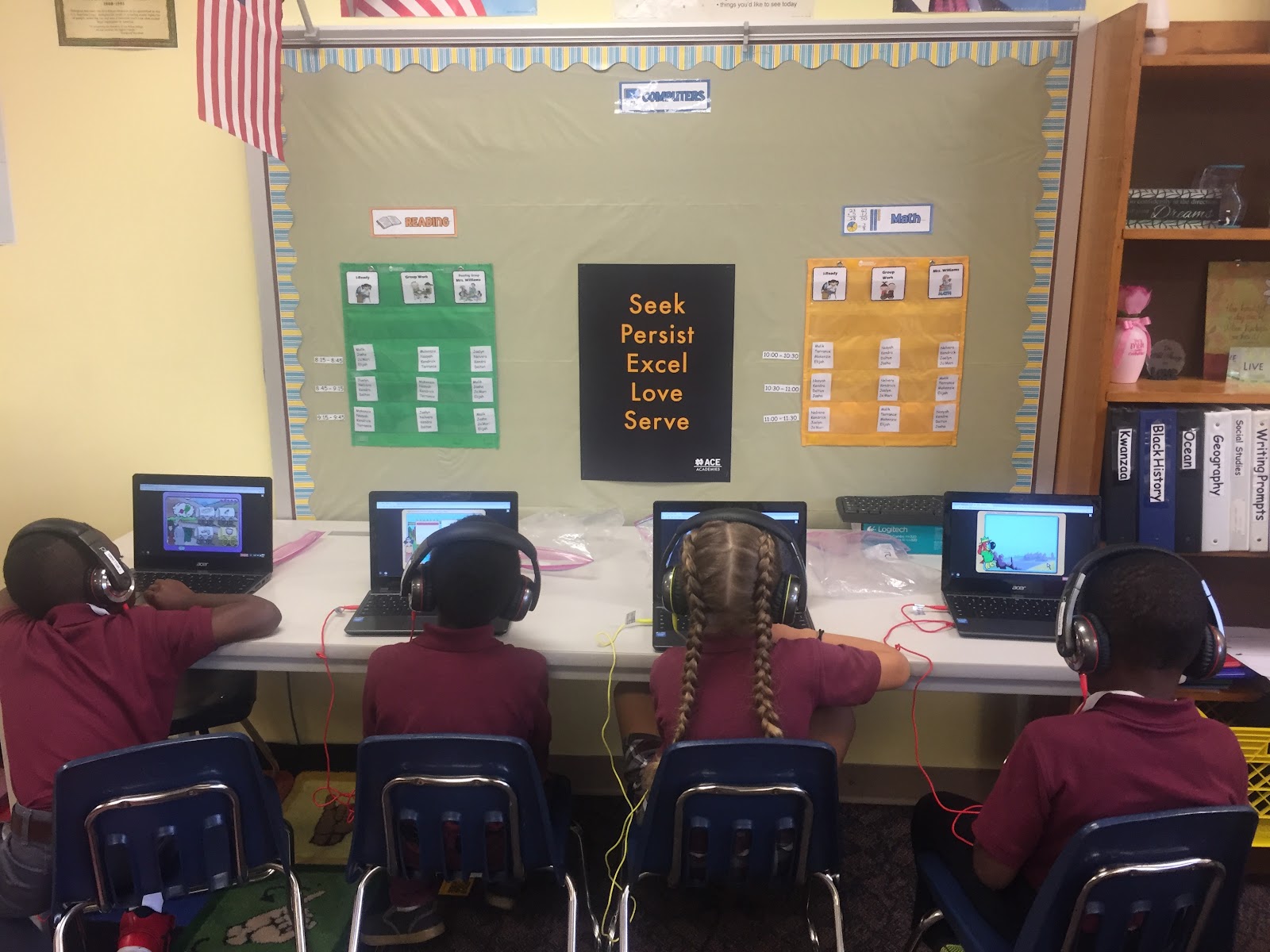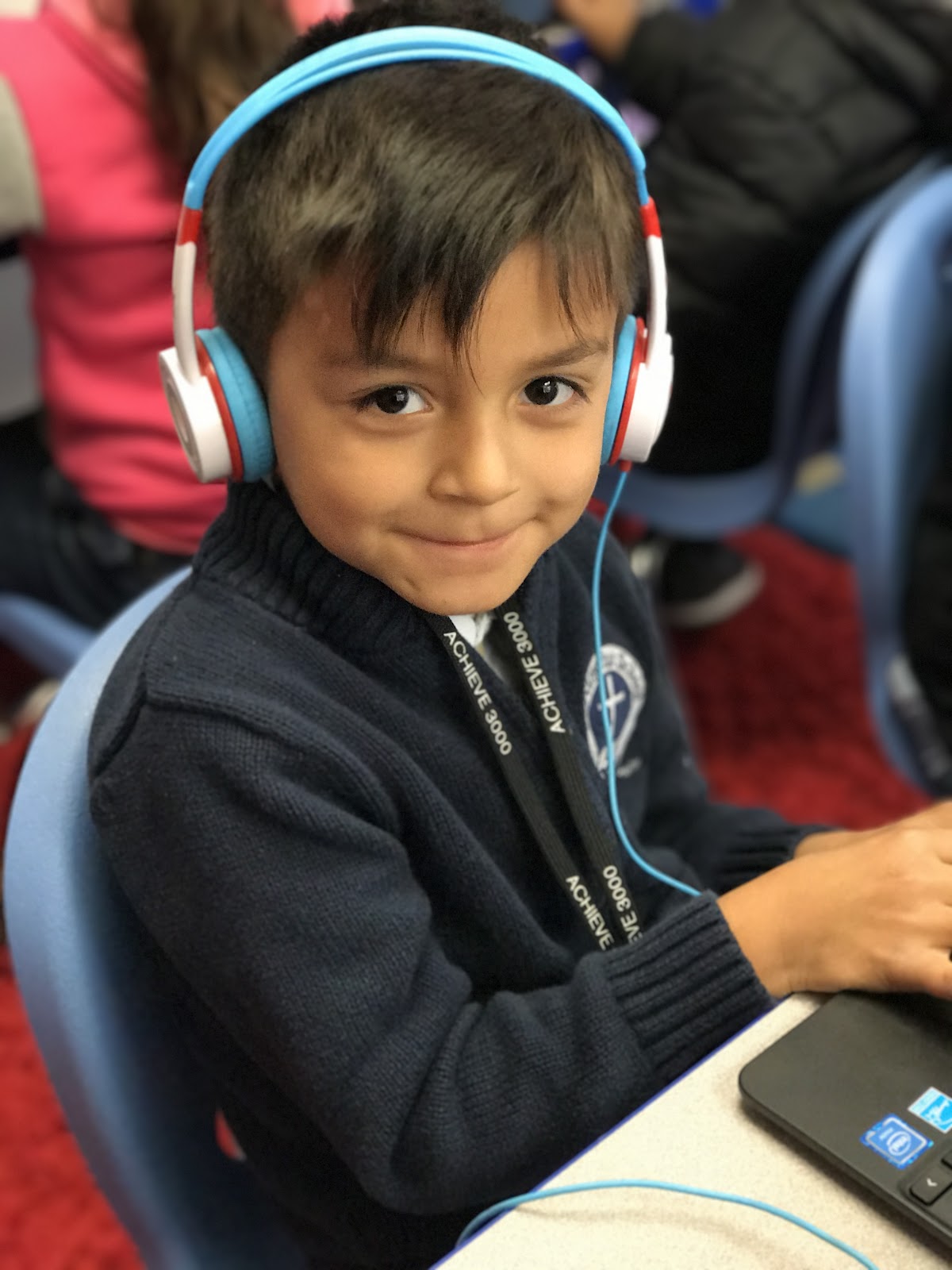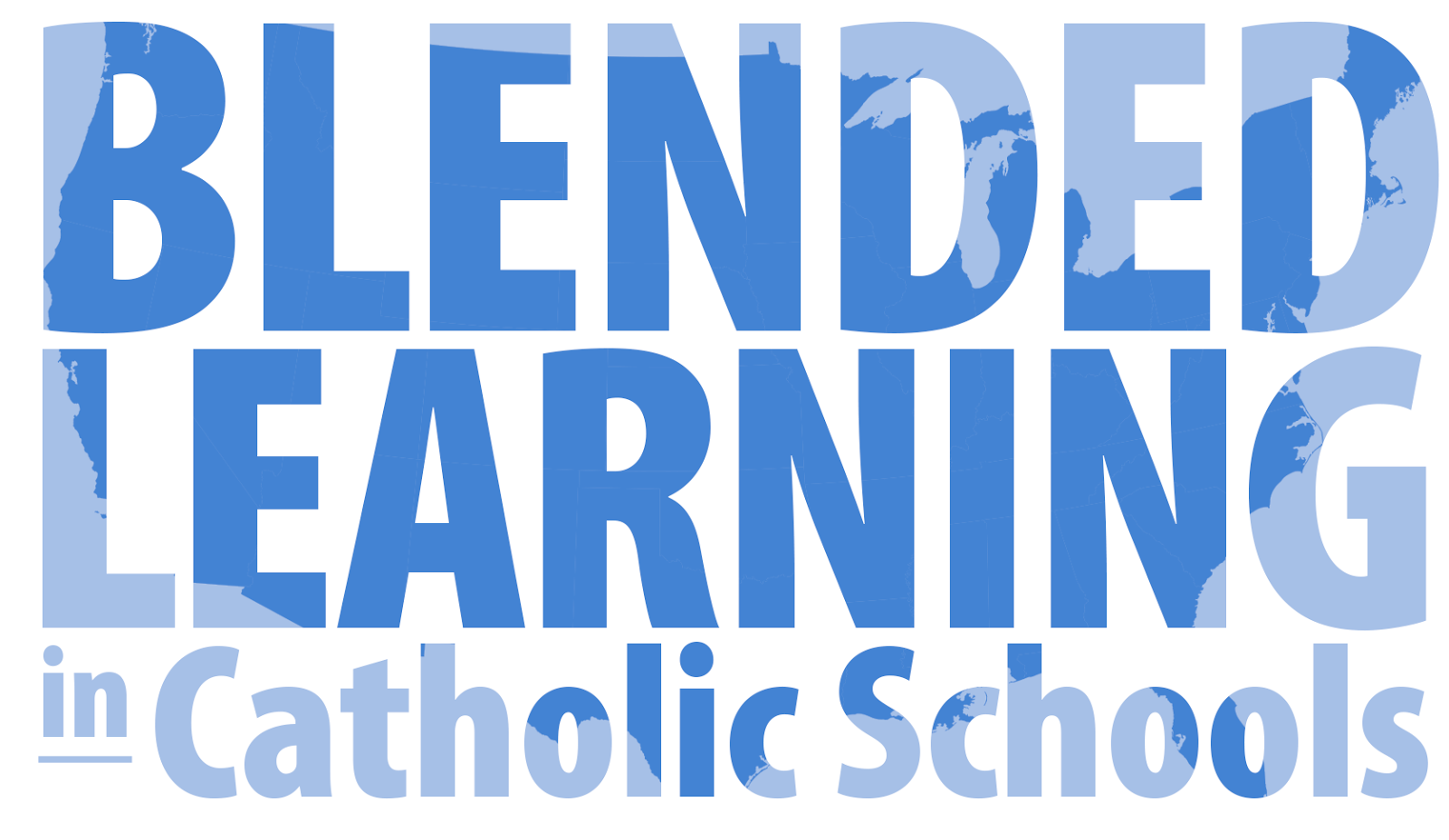Though this blog is primarily focused on the work we do, we also want to highlight some of the most exciting blended-learning implementations in other Catholic schools across the country.
First, a disclaimer: it is exciting to be part of an effort that is gaining momentum virtually every day, but this constant growth makes it impossible to stay up-to-speed on all of the implementations of blended learning in Catholic schools across the nation. Having said that, we hope to highlight some of the most significant advances of blended learning in Catholic schools and to paint a picture of what this space looks like today.
The story of blended learning in Catholic education really begins with Seton Education Partners (Seton). In 2011, Seton launched its Blended Learning Initiative in San Francisco's Mission Dolores Academy, an urban, K‚Äì8 school that serves primarily low-income and minority students. Since its inaugural implementation in 2011, Seton has expanded its Blended Learning Initiative to serve over 2,000 students in eight schools across the United States and is now led by managing director Stephanie Saroki de García and Jeff Kerscher (an ACE grad!), director of the Seton Blended Learning Network (click here to see a full list of their schools). Seton's model is renowned and its leaders have developed expertise in this space. We are grateful for their leadership and their willingness to help other schools and organizations (like us!) interested in blended learning.
TJ D'Agostino, Fr. Nate, and I first visited one of Seton's flagship schools in 2012, when we first started to learn more about this ambiguous innovation called blended learning. A few months later, ACE partnered with St. Paul School in Seattle, WA for its first blended-learning project. Since 2013, ACE has partnered with six other Catholic schools across the country to implement blended-learning programs. ACE has served in a consulting capacity to most of these schools, working intensively with existing school leaders and structures to make these programs a success. This year, though, ACE for the first time implemented a blended-learning program in one of the Notre Dame ACE Academies in Indianapolis, IN: Holy Angels School (you can read more about blended learning at Holy Angels here).


In addition to Seton and ACE, there are a few other consortiums of Catholic blended-learning schools: Loyola Marymount University's (LMU) three iDEAL Institute Blended Learning Partnership Schools in Los Angeles; over 25 schools piloting and implementing blended learning programs in the Archdiocese of New York under the guidance of Sara Collins; and the seven Drexel Schools led by the dynamic Msgr. Brendan McGuire and located within the Diocese of San Jose. Fr. Nate and I were fortunate to visit one of LMU's partnership schools a few weeks ago, and we were extremely impressed with the thorough and thoughtful training program their team has created.
The consortiums I have mentioned so far are the only large groups of Catholic blended-learning schools of which we are aware, butthere are likely tens or maybe even hundreds of Catholic schools implementing blended-learning programs on their own or with the support of their dioceses. Divine Providence Academy in Grand Rapids, for example, uses blended learning to facilitate multi-age classrooms similar to the one-room schoolhouses of the past. Cristo Rey San Jose Jesuit High School uses technology in English, Math, and Spanish to individualize instruction and allow students to move at their own paces. And multiple schools in the Archdiocese of Los Angeles have been working with their awesome EdTech Director John Reyes to implement blended learning on their own for years!
All of this is to say: it's happening! Catholic schools are seeing the potential affordances of blended learning and innovating in their schools. We are inspired by the beautiful ways in which Catholic educators across the country are using technology to offer each student an education that recognizes his or her uniqueness as a child of God.

If you are a Catholic educator and don't see your school's blended-learning initiative mentioned in this post, please comment and let us know! We would love to learn about more Catholic schools that have taken the plunge into blended learning. And to read more about some Catholic schools with blended-learning models, check out the Blended Learning Universe!
 Alliance for Catholic Education
Alliance for Catholic Education
